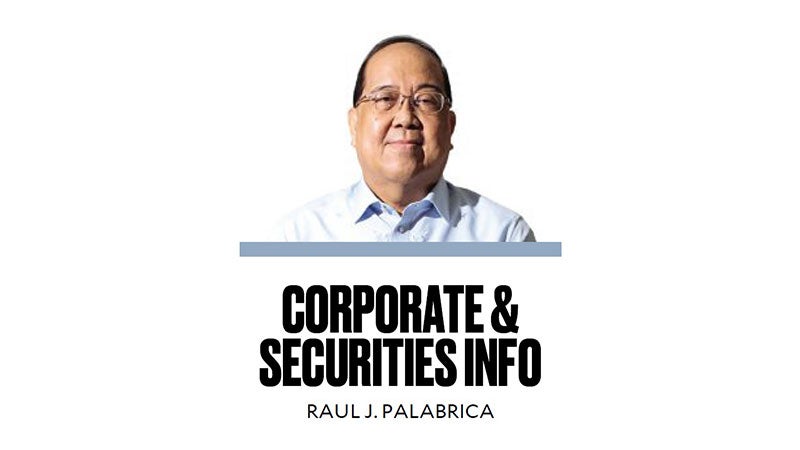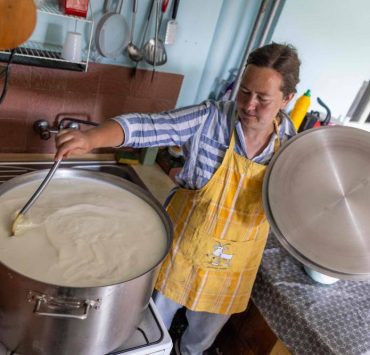Familiar refrain on income growth

In a recent media briefing, Secretary Arsenio Balisacan of the National Economic and Development Authority (Neda) said the Philippines was on track to achieving upper-middle income status by the latter part of 2025 or early 2026.
The World Bank classifies economies into four income groups, namely, low, lower-middle, upper-middle and high income. The Philippines is presently classified as a lower-middle income economy.
For an economy to be considered upper-middle income, its gross national income (GNI) per capita annually should be between $4,466 and $13,845. Economies with a GNI per capita of $13,846 or more are considered high income.
In Southeast Asia, the economies of Malaysia, Indonesia and Thailand are categorized as upper-middle income, while the Philippines, Vietnam, Cambodia and Laos are lower-middle income economies. Singapore and Brunei are in the high income economy bracket.
According to Balisacan, the capacity of the Philippines to graduate to upper-middle economy status by 2025 assumes that its economy would grow by 6.5 percent to 8 percent.
Projecting robust economic conditions has been a tradition, of sorts, for Neda.
In 2016, then President Rodrigo Duterte issued Executive Order No. 5 adopting a 25-year long term vision for the country entitled Ambisyon Natin 2040 as a guide to development planning.
The vision, which is based on public consultations by Neda, is “by 2040, the Philippines shall be a predominantly prosperous middle-class society where no one is poor, our peoples shall live long and healthy lives, be smart and innovative and shall live in a high-trust society.”
Wow! Lofty and inspiring words said at the beginning of the Duterte administration.
Three years later, in 2019, then Neda chief Ernesto Pernia said the country would likely advance to upper-middle economy status in 2020 despite slower economic expansion in the first quarter of that year.
In November 2021, Pernia’s successor, Karl Kendrick Chua, said, citing the country’s favorable economic performance at that time, the Philippines was on track to reach upper-middle income economy status by the end of 2022.
As things turned out later, the COVID-19 pandemic wreaked havoc on the Philippine economy in 2020 and 2021.
That once-in-a-century global health phenomenon thrashed the aspiration to rise from the lower-middle income economy status that the country has been stuck in all these years.
Apparently unfazed by the economic problems the country is going through at present, Balisacan did not see anything wrong about following in the footsteps of his predecessors in making predictions (or better still, a wish list) about the economy.
There’s nothing wrong with his expression of optimism about the country attaining upper-middle income economy status by, at the latest, early 2026.
Who knows? The stars might align between now and 2026 to make possible a 6 percent to 8.5 percent growth and, in the process, help accomplish that upward transition.
Hopefully, during the interim, there would be no natural calamities, domestic and international developments and adverse economic events that could derail or make it difficult to attain that objective.
If labor policies in countries that host thousands of overseas Filipino workers substantially reduce their capacity to send money to their families here, that growth wish may not be attainable.
The problem with making rosy predictions about the economy is it raises high expectations or false hopes in some sectors of our society, only for them to feel frustrated when they fall flat.
And when they do, expect all kinds of excuses to be raised on why they happened and hardly anything would be said about the responsible government officials’ failure to anticipate unexpected hiccups or prepare for contingencies.
Announcing glowing predictions about the economy makes good copy in media, but no doubt the public would prefer that the results speak for themselves when they materialize.
rpalabrica@inquirer.com.ph


















